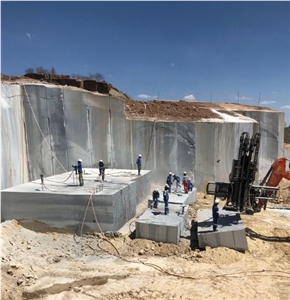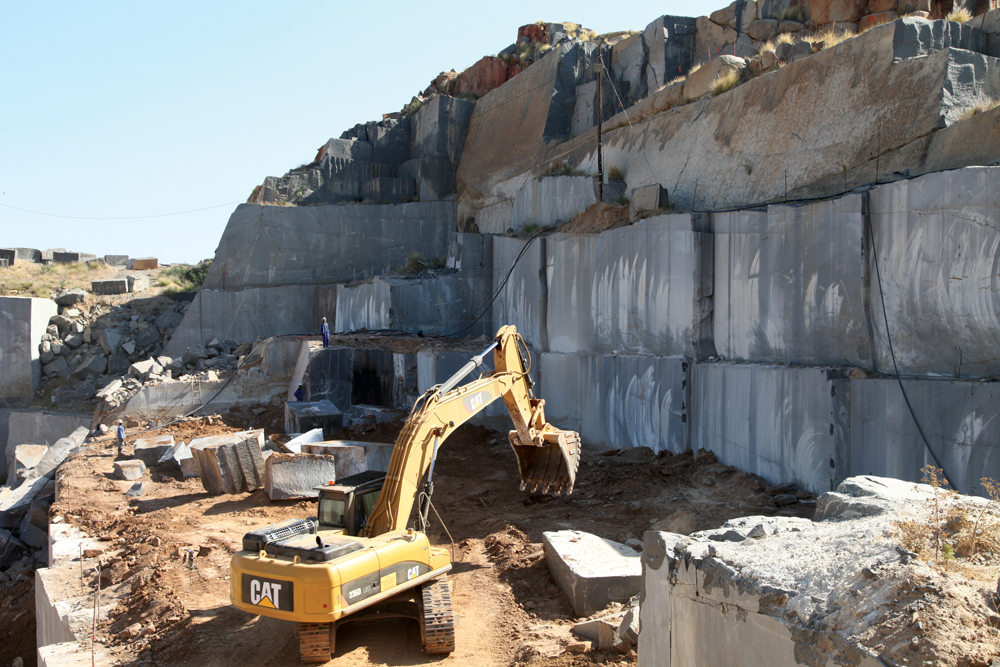Exploring Granite Quarries in South Africa Sector: From Quarry to Masterpiece
Exploring Granite Quarries in South Africa Sector: From Quarry to Masterpiece
Blog Article
Uncovering the Rich History and Sustainable Practices of Granite Quarrying
As we base on the precipice of discovering the intricate tapestry of granite quarrying, a journey with time exposes not just the physical act of removing rock but also the social and historical relevance woven right into the very textile of this practice. From the old origins that laid the foundation for modern-day quarrying strategies to the lasting methods that are shaping the future of this industry, each sculpt mark on granite surfaces tells a tale waiting to be uncovered (granite quarries in south africa). The heritage of granite quarrying extends much past mere removal; it is a testimony to human ingenuity, resilience, and the enduring allure of this marvelous stone
Ancient Beginnings of Granite Quarrying
Going back to ancient people, the practice of quarrying granite has been an integral part of human history and architectural development. The earliest evidence of granite quarrying dates back to ancient Egypt, where massive pyramids and elaborate sculptures were crafted from this resilient rock. The Egyptians used primitive tools to remove granite blocks from quarries, showcasing the relevance of this material in their monumental building and constructions.
Moving on in history, the Greeks also made considerable contributions to the quarrying of granite. The Greeks used granite in various building wonders, such as holy places and statuaries, showing their ability in shaping and sculpting this hardy rock. The Romans additionally fine-tuned the techniques of quarrying granite, using advanced tools like chisels and hammers to essence and shape granite for their famous structures.
Through the centuries, the technique of quarrying granite has advanced, with contemporary innovations boosting effectiveness while maintaining the ageless allure of this natural stone - granite quarries in south africa. From old human beings to modern builders, the legacy of granite quarrying remains to shape our globe
Development of Quarrying Methods
The evolution of quarrying techniques has been noted by a continuous development in the direction of greater efficiency and precision in extracting granite. From the simple methods used by our ancestors to the innovative innovations made use of in modern-day quarrying operations, the market has actually undertaken significant improvements. Early quarrying techniques involved hands-on labor with standard devices such as chisels, hammers, and wedges to remove granite blocks from the planet. As human beings progressed, strategies like fire-setting and primitive dynamites were introduced to help with the extraction procedure.
In even more recent times, the advent of equipment transformed the quarrying industry, making it possible for much faster extraction prices and enhanced productivity. Technologies such as ruby cable saws, high-pressure water jets, and pneumatic drills have actually ended up being common in modern quarries, permitting specific cutting and lowered waste. Moreover, developments in computer-controlled tools and 3D modeling have actually enhanced quarrying operations, leading to marginal ecological impact and boosted sustainability techniques. As the need for granite remains to climb, the development of quarrying strategies remains indispensable to meeting sector needs successfully and sustainably.
Cultural Relevance of Granite
Granite holds a profound social significance throughout various civilizations as a result of its enduring visibility in building work of arts and revered monuments. From the magnificent pyramids of Egypt to the elaborate makings of the Angkor Wat holy place in Cambodia, granite has actually been a material of selection for sharing splendour and long life in cultural heritage. In old Rome, granite columns decorated holy places and public buildings, representing toughness and durability. The cultural relevance of granite prolongs past its physical qualities; it embodies strength, security, and eternity, making it a sign of enduring traditions and customs.

Lasting Practices in Quarrying
Among the rich history of granite quarrying and its cultural value exists a growing focus on sustainable techniques hop over to here within the sector. As environmental awareness and issues regarding resource depletion have increased internationally, the quarrying market has progressively embraced sustainable techniques to lessen its effect on the setting and bordering areas.

Moreover, recovery and rehab of quarry sites post-extraction are essential to sustainable practices. By bring back quarried areas to an all-natural or helpful state, such as developing wild animals habitats or recreational areas, quarriers can balance out the ecological footprint of their procedures and add favorably to the neighborhood ecological community.
Heritage of Granite Quarrying
With a historical background soaked in craftsmanship and commercial progression, what sustaining effect has granite quarrying left on the landscape of contemporary society? The heritage of granite quarrying goes beyond plain removal techniques; it has shaped architectural wonders, city landscapes, and cultural heritage worldwide. The durable nature of granite has actually made it a preferred option for monoliths, structures, and facilities, standing as a testament to the ability and artistry of quarry employees throughout generations.
In addition, the economic impact of granite quarrying can not be overlooked. The sector remains to supply employment possibility and drive local economic climates in regions where granite removal prevails. It has likewise stimulated technical advancements in quarrying methods and equipment, leading to a lot more effective and sustainable practices.
In terms of sustainability, the heritage of granite quarrying consists of efforts to reduce environmental impacts through improvement jobs and responsible resource management. By stabilizing economic passions with environmental stewardship, the industry makes every effort to make sure that future generations can continue to gain from this enduring natural resource.
Final Thought

Report this page